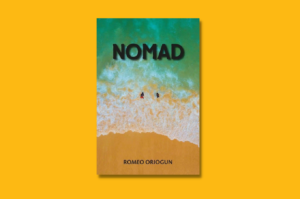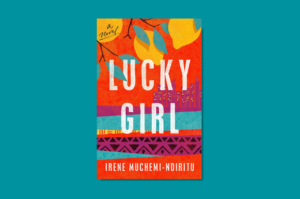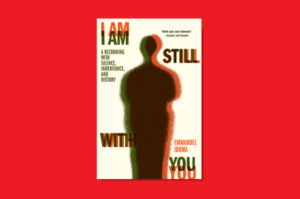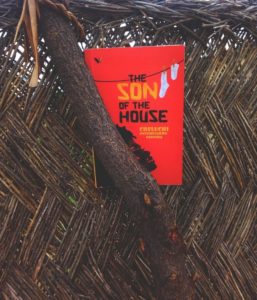
Still Life by Zoë Wicomb is based on a fascinating idea. Imagine as a writer you could commune with the historical figures in your book, talk to them, negotiate with them about how they wanted to be represented, listen as various characters vied for space in the book, even sometimes judging you and your abilities. In Wicomb’s 7th book, a struggling writer finds she has the ability to be transported to the past where she meets a cast of characters linked by the 19th century Scottish poet Thomas Pringle.
The novel is a fictionalized account of Pringle’s life. If you’ve never heard of Pringle, don’t feel too bad. Many South Africans have most likely not heard of him, though Pringle is considered by some as “the father of South African poetry” and known for his work in defending the free press. Pringle was born in Scotland in 1789 and moved to South Africa’s Eastern Cape in 1820. He and his wife Margaret Pringle were well-known abolitionists. Their work drew a lot of resistance from the South African slavery establishment, leading to their moving to London where they continued to advocate against slave labor.
The novel, it turns out, is actually not about Pringle. During archival research, Wicomb found a letter in which Pringle asked to be permitted to take Hinza Marossi, a Tswana boy to London. Later she read a slave narrative by a woman named Mary Prince published by Pringle. These two incidents inspired her to write the novel, which is also centered on these characters. Whereas Mary Prince’s life is documented, thanks to her slave memoir, Marossi’s life is not. Very little is known about him past his childhood. Wicomb saw the need to fill in the gaps in his life story, partly, because of the ways in which race and class complicated his relationship with Pringle. The novel is beautifully multi-focal. Even though the story appears to be centered on Pringle, it is equally about these other characters. Pringle’s life is simply a vague context on which we are able to conjure the live of black South African figures of history. At the end of the day, the story becomes less about Pringle and more about all these other people who bring their own vital perspectives to history. To tell the story of one person, you have to tell the story of many others. Summoning ghosts is always a crowded affair. After all, ghosts come in multitude.
I love the sensuousness of history in this book. By sensuous I mean the closeness of the past, how textured and real it felt to be in the company of the dead. The idea of bringing back the dead to negotiate the terms of their representation is brilliant. Reading the book, you feel for the writer in the novel. Being in the company of the dead is not easy, but being their chosen biographer is trickier. Ancestors are not the easiest people to work with. As the story progresses, the writer in the novel has to take into account the discontinuities that exist between her and the past. I was struck at the underlying currents of African ancestral imagination in Wicomb’s presentation of the past. When we write about the past, we are not writing about a dead, inert past but about lives, bodies, people who still matter to us in ways that are felt and urgent.
The book is brilliant and full of surprises. I quite liked the shifts in perspective that allows us to see the writer from the perspective of the characters she is trying to write about and to see her from their perspectives, as well. Because the novel is about the writing of a novel, it creates a playful distance where all kinds of delightful meta-stuff happens. Still Life is not a historical novel but a novel about writing a historical novel. Because we can hear from the characters in the process of the writer crafting them, the book feels like an surreal autobiography. Other times it feels like a writer reflecting on the creative process. Still Life is smart and thought-provoking, making something so distant and abstract like history feel so fleshy and present.
Buy Still Life by Zoë Wicomb: Peninsula Press | Amazon








COMMENTS -
Reader Interactions